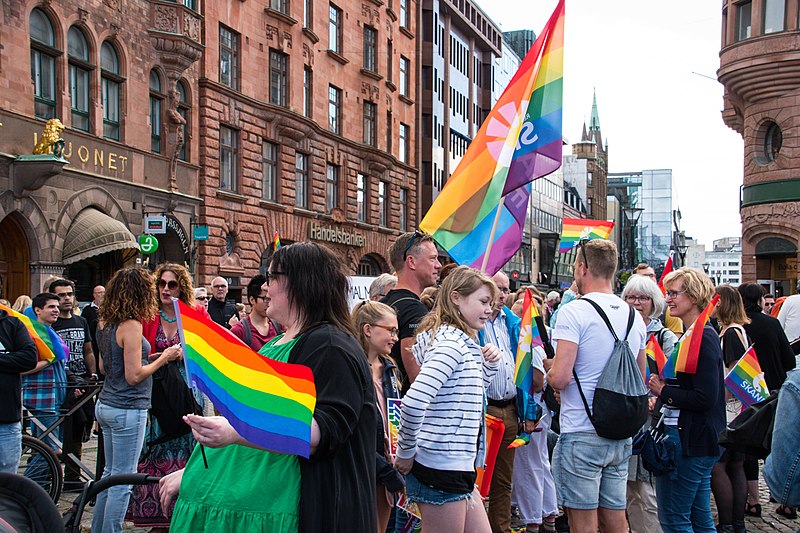Growing up and living in Finland, I have always felt relatively lucky when it comes to issues such as equality and human rights; we score among the absolute highest in topics such as gender equality, happiness, living standards and freedom of the press. But still, there’s a lot of work that has to be done and improvements that have to be made, especially when it comes to the equal rights for sexual minorities. Our big stain of shame is the so-called trans law. The current Finnish law establishing the gender identity of transsexuals entered into force on 1 January 2003. According to the law, a person who wants to legally correct his or her gender must “present a medical examination that he or she permanently feels that he or she belongs to the opposite sex and lives in a gender role that corresponds to this, and that he or she has undergone sterilization or for some other reason lacks reproductive capacity ”. The person must also be of legal age, which in Finland is 18. The UN Human Rights Council has examined the human rights situation in Finland in 2017 and as a result Finland has been called upon to renew the law and abolish the requirement for forced sterilization. The European Court of Justice has also ruled that the claim is a violation of human rights. The current trans law is a disgrace to Finland.
The requirement for sterilization, which is enshrined in the current trans law in Finland, means in practice that a person who was registered as a woman at birth will not be able to give birth if the sex is corrected. A person who is registered as a man should also not be able to have children as a woman.
In our neighboring country Sweden, forced sterilization was abolished in a law that came into force in 2013. In addition, the government decided that the people affected would receive compensation of 225,000 Swedish crowns. The requirement for sterilization must of course be abolished, but could we also lower the age limit? You must be 18 years old to be able to correct your legal gender, that is, in practice change your social security sign. In Norway, the age limit has been lowered. 16-year-olds may legally correct their gender without the permission of a guardian. For younger people, a permit is required.
A young person, at his or her most vulnerable age, has no legal protection to be allowed to live in the social role that they want. You are often also forced to explain, sometimes to strangers, how you experience your gender identity, which is heavy and offensive. There are several studies that show that half of trans young people have a self-harming behavior, including n suicidal thoughts.
It is important that these issues are being raised. A lot of people in Finland are unaware of these issues and the discrimination trans people are facing, mostly because it doesn’t concern them and they are luckily in the unknown. It’s our job as liberals to raise awareness both amongst the general public and amongst politicians in order to fight these unrights.

